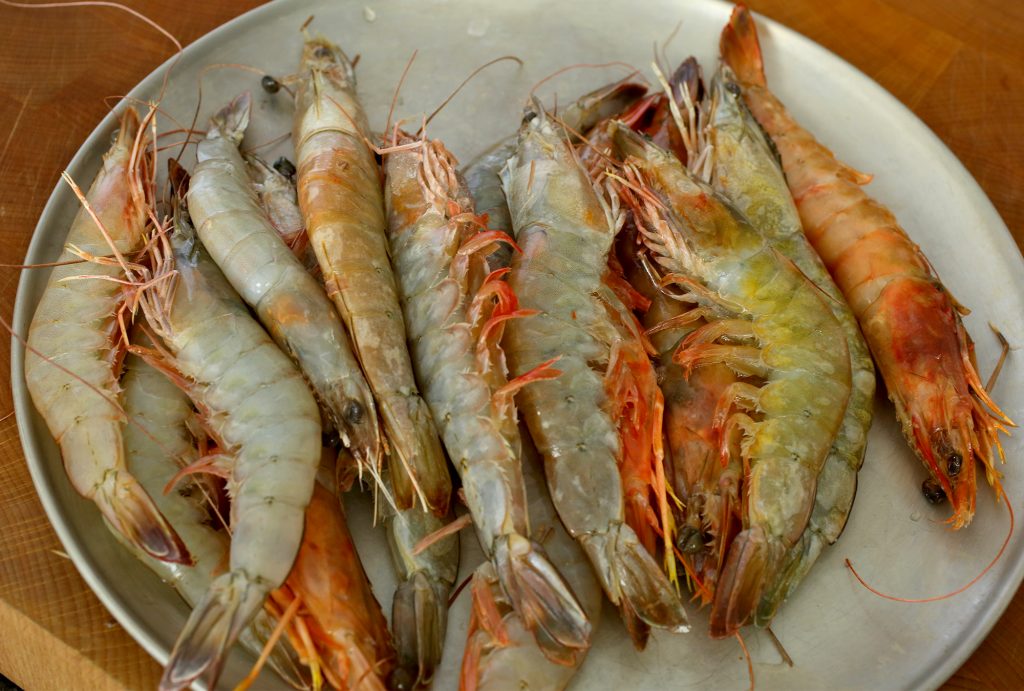Basudevpur: Basudevpur block is a coastal pocket in Bhadrak district with marine fishing being a livelihood option for many people. However, climate change has caused distress in seafood sector resulting in a slump in the production of marine fish.
Thousands of people of 36 panchyats and 15 NACs are dependent on production, sale and export of marine fish. They alleged that as the district administration is unable to develop the infrastructure along the coastal area, the fish production from the sea is declining day by day.
The volume and the size of fish production in the coastal area have been on a decreasing trend for last five years. That is why fishermen migrate to other coastal states like Tamil Nadu, Maharastra and Andhra Pradesh.
The block administration has made three jetties at as many places in the block such as Chudamani, Kasia and Padhuan. According to a recent study, in the fiscal year in 2019-20 the district administration had estimated to catch about 6250 MT of fish from the sea but the catch dropped to 5892 MT.
Similarly, in 2018-19 financial year the district administration had estimated to catch 5500 MT of fish but the production dropped to 5490 MT. Even if the size of the total catch at three jetties is taken together they can’t meet the local and the outside demand.
According to different fishing unions across the district, the average weight of spotted seer fish which weighed over 10 kg earlier has come down to about 5 kg over last five years. These fishes are sold at Rs 800 per kg and are in high demand. Similarly, eel that earlier measured at seven to eight feet long, has come down to three to four feet.
Similarly, the width of the ribbon fish has come down from four inches to two inches. While a number of factors are said to be responsible for the drop in the sizes of fishes, environmentalists and marine biologists put the blame on climate change.
Odisha is known for exporting sea foods to outside countries like Japan, China and Singapore. A large number of fishes have a specific period for breeding, many other factors also play a role for their optimal growth. Overfishing or a rise in temperature can severely affect their structures which might be the reason for this change,” explained Praveen Adityan, a marine biologist here.
Last year, the district had recorded temperatures as high as 45 degrees during summer. The India Meteorological Department (IMD) had issued heat wave warning to at least 10 districts from April.
This time of the month is also said to be the breeding season for many freshwater fish species. Experts believe that any temperatures beyond 40 degrees can dry up eggs that may result in stunted growth of fish.
However, fishermen alleged that the jetties constructed by the district administration were lying in defunct condition. Besides, the Kosia jetty mouth has been silted up.
Both the climatic factor and non-effective policies of the district administration have been decreasing the production of the marine fish in the district. Different fishing unions have urged the district administration to take steps to increase the production of fish to save the traditional occupation of fishermen.

